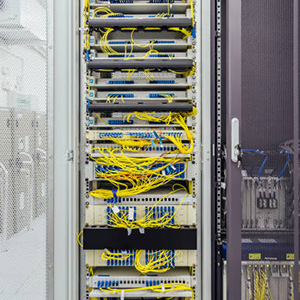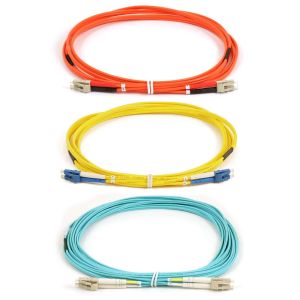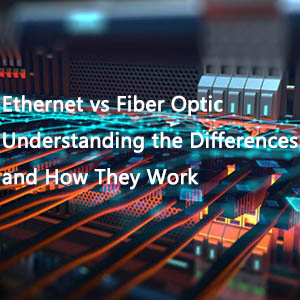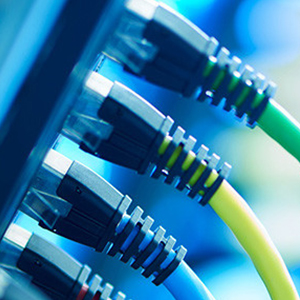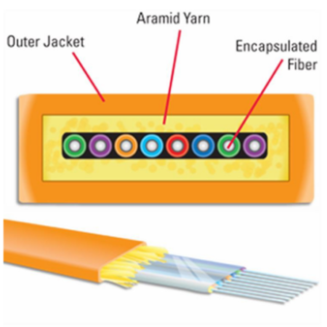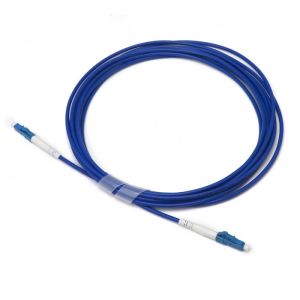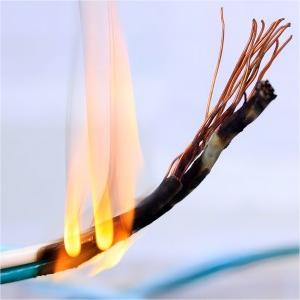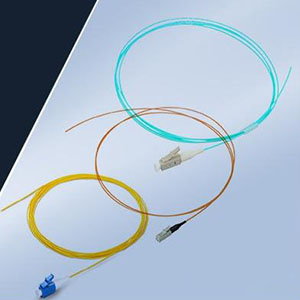The evolution of cloud computing has propelled enterprises towards the deployment of high-density data centers to accommodate their increasing data transfer demands. Within these deployments, the significance of fiber optic cables cannot be overstated, as they form the backbone of every network infrastructure. Among the various types of fiber cables, MTP (Multi-Fiber Termination Push-on) cables have emerged as a preferred choice in network deployments. This preference is due to their high flexibility, ease of installation, and cost-effectiveness. The following discussion will delve into MTP cables and explore their development trends in data centers.
MTP Cables Basic Guide
MTP cable is short for Multi-fiber Termination Push-on and is a registered trademark of US Conec. As an advanced version of MPO cable, MTP cable supports 40G/100G transmission, accommodating 8/12/24/48 or more fibers in one MTP connector, with less space and better airflow conditions. What’s more, MTP connectors are also compatible and intermateable with MPO connectors. Generally, there are three types of MTP cables: MTP trunk cables, MTP harness cables, and MTP conversion cables. All of them are suitable for high-density data center cabling networks, which also enable large-capacity and high-performance transmission. For more information about MTP cables, please read Common Problems and Solutions for MPO Fiber Patch Cables.

The Development Trend of MTP Cables
For a long time, cabling and wiring management has been an essential part of data center deployments. Actually, optical fibers have undergone several evolutions with the development of network infrastructure. Generally, the development of optical fiber connectors can be divided into two stages: In the first stage, operators choose to upgrade fiber optic connectors from traditional FC, ST, SC to LC, MTRJ with the goal of saving network infrastructure space. However, with the growth of data traffic and business, LC and MTRJ connectors can no longer meet their demands for high-density transmission. Therefore, in the second stage of optical fiber development, operators turn to multi-core use with MU and MPO/MTP connectors.
MTP cables are increasingly playing an important role in data centers and enterprise networks. They can easily upgrade from current 40G/100G networks to 400G data centers with better performance and lower network infrastructure costs. The advantages of MTP cables are as follows:
- Save space: With 16 multi-core fiber optic cables, data centers can achieve full utilization of fibers while deploying, which is very space-saving. In addition, MTP cables can accommodate 864 fibers, making them ideal for data centers with limited space.
- Low insertion loss: Typically, the insertion loss of MTP cables is about 0.35db, which can be comparable to single fiber connectors.
- Fast installation: Before the advent of MTP cables, the operators and installers usually spent a long time terminating and testing 144 fibers. Now, with the help of MTP cables, installers can connect 16-core or 24-core fiber connectors for 8-channel applications. They can also use pre-terminated plug-and-play cables, which makes it much easier to install and upgrade the cabling system.

Evolution Timeline of MTP Cables
As a high-density and low-insertion-loss cable, MTP has continued to evolve for over a decade. Below is the development timeline of MTP cables:
- In 2004, the fiber count for the MTP connector was increased, allowing it to support packing up to 72 fibers into one format.
- In 2005, multimode MTP Elite connectors were released, which enables fast system installation with lower-cost transceivers.
- In 2007, the low insertion loss version of the multimode MTP Elite was released.
- In 2010, the multimode version supports up to 24 fibers to be connected in one connector.
- In 2012, the standards body approved the MTP format for use in data centers.
- In 2013, the Industry standards body accepted the MTP format for transceivers.
- In 2015, a new MTP 16 format was introduced that accommodates up to 16 fiber connections in a single row.
- In 2016, the new MTP 16 will be available in a single-mode version.
The Next Generation of MTP Cables
As previously mentioned, MTP cables offer numerous advantages over other optical fiber cables. However, operators face certain challenges when deploying MTP cables in data centers. For example, distinguishing between male and female connectors can be complex for installers handling thousands of fibers that both transmit and receive data. This can increase the complexity of cable management and lead to deployment delays.
Despite these challenges, MTP cables maintain a strong reputation and hold significant promise in data centers and corporate environments. The latest generation of MTP cables, such as those from Fiber-Life, have addressed the difficulties associated with changing the gender and polarity of connectors, making field configuration significantly easier. With a development history spanning over 20 years, Fiber-Life’s MTP cables continue to deliver exceptional value for a wide range of networking technologies and remain an indispensable component of data center deployments.

